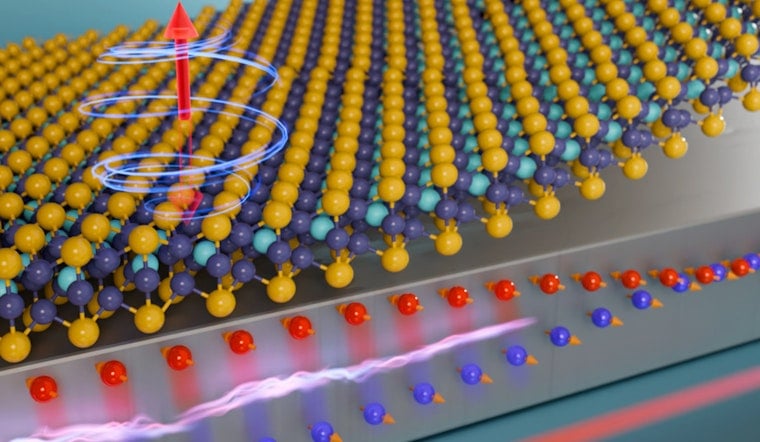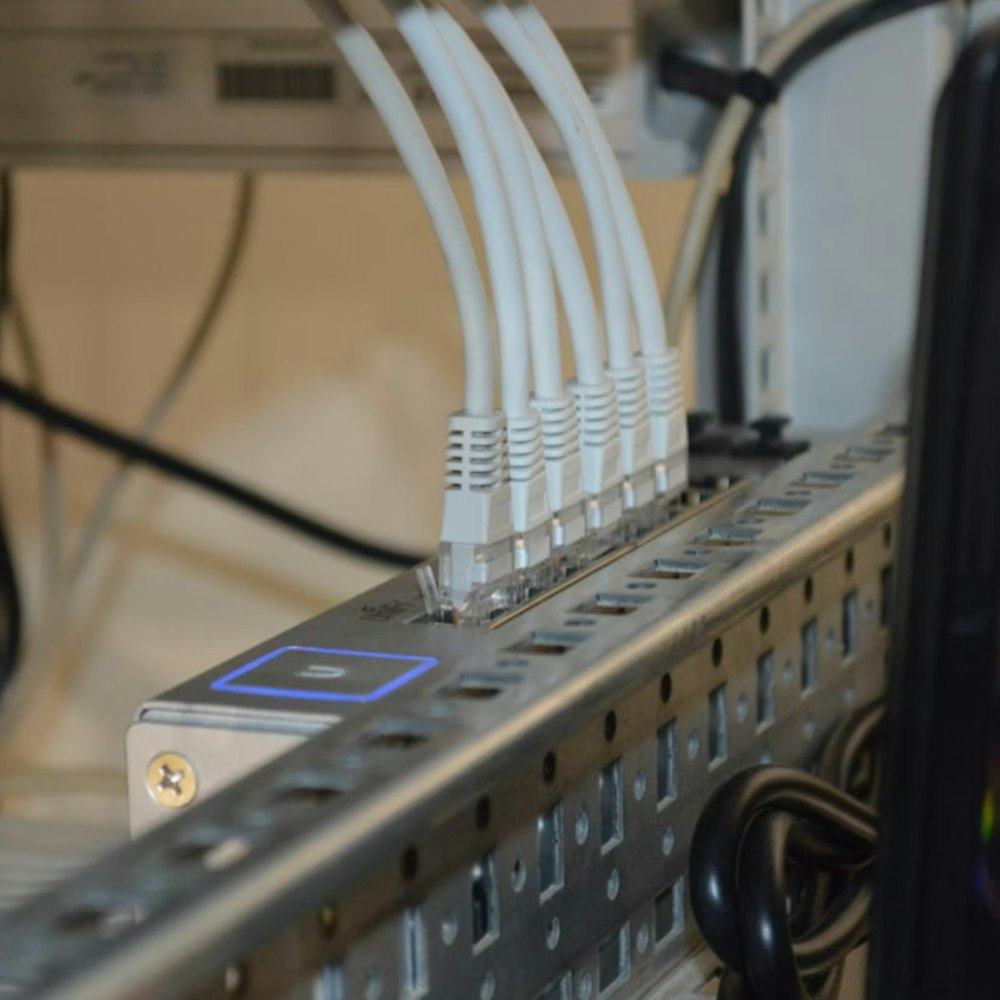
In a recent breakthrough at MIT, researchers have managed to precisely control an ultrathin magnet at room temperature, potentially paving the way for energy-efficient computing. Spearheading what might just revolutionize technology, the team discovered a method to rapidly and efficiently switch magnetization in two-dimensional magnetic materials—those that are only a few atoms thick. As reported by MIT News, this innovation could lead to advancements in the development of computer memories and processors, using significantly less energy than current silicon-based devices.
This is not just about tweaking existing technology; the MIT researchers are aiming to completely transform it. Two-dimensional van der Waals magnetic materials have been notoriously difficult to leverage outside of lab settings due to their need to quickly operate at extremely low temperatures. However, by using pulses of electrical current, the MIT team was able to efficiently to switch the direction of the device’s magnetization at room temperature—a crucial milestone for practical applications.
“The heterostructure device we have developed requires an order of magnitude lower electrical current to switch the van der Waals magnet, compared to that required for bulk magnetic devices,” explained Deblina Sarkar, head of the Nano-Cybernetic Biotrek Lab at MIT, as told to MIT News. Sarkar emphasized the device's superior energy efficiency, especially next to other van der Waals magnets that are unable to switch at room temperature.
The MIT researchers have overcome significant hurdles to arrive at this discovery. Utilizing electron "spin"—a fundamental property that causes the electrons to behave like tiny magnets—they found a way to reverse the magnetization effectively. But the journey to this innovation was not a simple path; finding and working with suitable magnetic materials presented its share of challenges. The iron gallium telluride used in their experiments, for instance, oxidizes quickly and demanded fabrication in a controlled nitrogen-filled environment.
Despite these challenges, the team foresees a future in which faster computers consume less electricity, and magnetic computer memories don’t lose information when powered off. Their next goal is to achieve magnetization switching without any need for external magnetic fields. “Our aim is to enhance our technology and scale up to bring the versatility of van der Waals magnet to commercial applications,” Sarkar stated in her ambition to propel the technology from the confines of the research lab into the real world.









